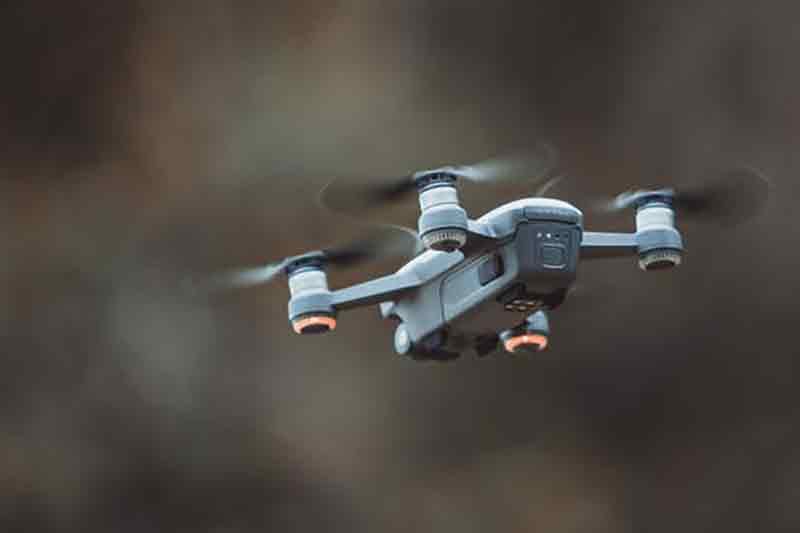
Governments around the world are actively reviewing ways to cope with the technological development and the diversifying application of UAS. Earlier this month, the Civil Aviation Department (CAD) of Hong Kong published a report on the consultancy study on the regulation of unmanned aircraft systems (UAS) and launched a 3-month public consultation exercise on the directions for regulating UAS in Hong Kong.
At the moment, the operation of UAS in Hong Kong is subject to prevailing laws, such as Article 48 of the Air Navigation (Hong Kong) Order 1995 (Cap. 448C), which stipulates that a person shall not recklessly or negligently cause or permit an aircraft, including UAS, to endanger any person or property. Operators must also observe other relevant laws of Hong Kong, such as but not limited to the Telecommunications Ordinance (Cap. 106) and the Personal Data (Privacy) Ordinance (Cap. 486).
However, there have been calls for a fundamental review of the current regime, which is considered rudimentary and cannot cope with the regulatory challenges brought by technological advancements and proliferation of UAS over the years.
“New and specific legislation will be needed to keep up with the current situation as well as the future development of UAS operations,” said the spokesperson from CAD.
In March 2017, the CAD commissioned a study on the regulation of UAS. The objective is to provide recommendations that can strike a reasonable balance between facilitating usage and development of UAS on the one hand and protecting public safety on the other.
The consultancy study observed that while there were no uniform standards, the international community generally adopted a risk-based approach to classify and regulate UAS.
After evaluating the relevant risk factors and with due consideration to local conditions, the consultant made 6 key recommendations on the regulation of UAS in Hong Kong: (1) establishing a UAS owner registration system, (2) regulating UAS operations by risk-based classification, (3) prescribing training and assessment requirements, (4) providing drone maps for UAS operators, (5) prescribing insurance requirements for UAS, and (6) conducting further study on indoor operation of UAS.
The full consultation paper is available here. Members of the public may send their views to CAD’s Air Services and Safety Management Division on or before 3 July, 2018.
















